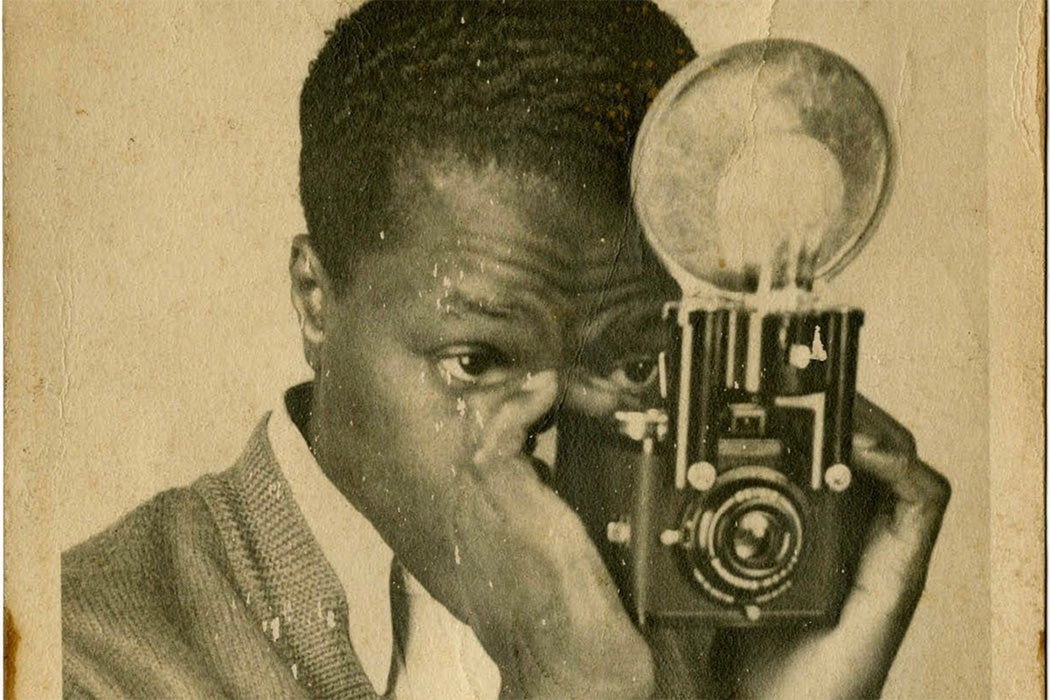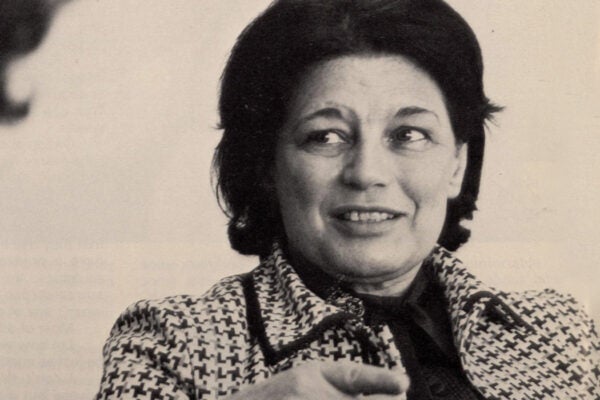There’s a mystery lurking in the archives of Xavier University of Louisiana: sixty-four mostly unidentified images, shared via JSTOR, that show Black families and cultural life in New Orleans and beyond over the span of nearly a century. The curious collection is known as the Lynch Family Photographs, a nod to two individuals identified by that surname. One of these images is a formal portrait, probably from the late nineteenth century, of a bow-tied man with an umbrella identified as I.E. Lynch; the other, a baby photo of Ida Lynch, dressed in white and perched on a chair draped in white lace, was taken perhaps some time around the turn of the twentieth century. Behind young Ida is a peek at a landscape that, a note suggests, could be Rayville, Louisiana, a tiny community in the northwest corner of the state.
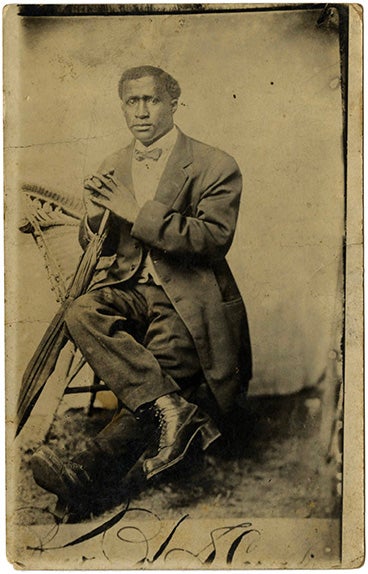
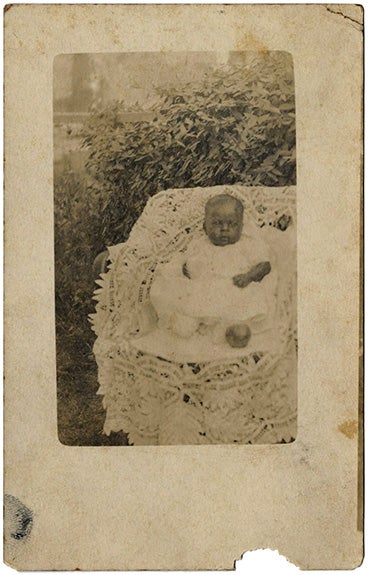
The images are captivating in their intimacy and in their banality. Every family has photos like this: a man posing with what is likely a prized possession, a Brownie camera; a woman in a living room chair looking unamused by the photographer; a trio of joyful young girls given an eerie overlay from a double exposure or developing mishap.
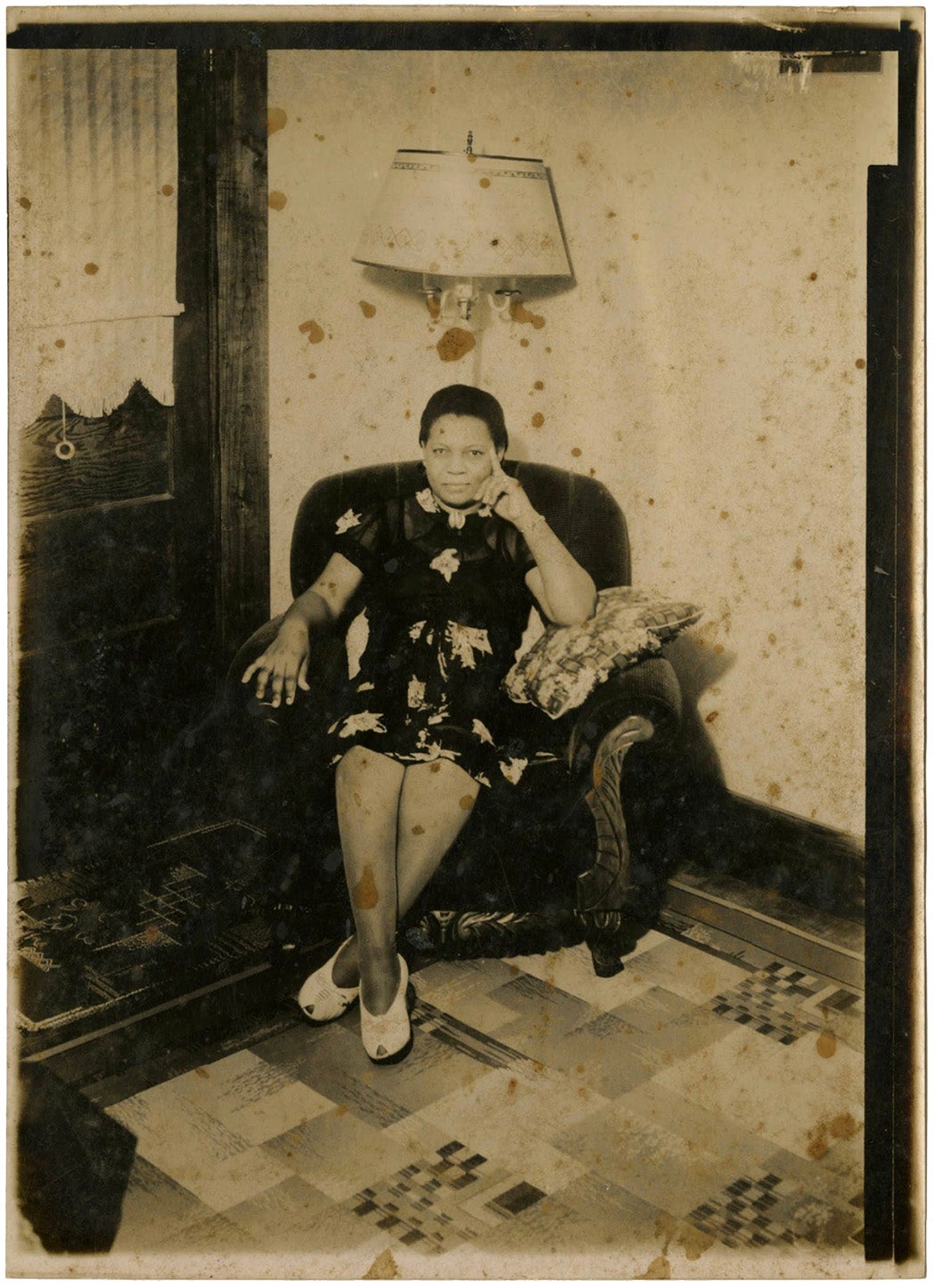
The university knows very little about the collection or the family for which it’s named. It’s not even clear how and when exactly the photos were acquired. A former library director thinks the collection may have been purchased from a local dealer in the 1990s. About eight years ago, the images were scanned and added to the school’s digital archive along with a note: “If you can help identify members of the Lynch Family and other unidentified persons in any of the photos, or if you are a member of the Lynch family and own any other images and/or photographs, please reach out to us as we would be happy to add your items to our collection!” No one has ever contacted the archives.
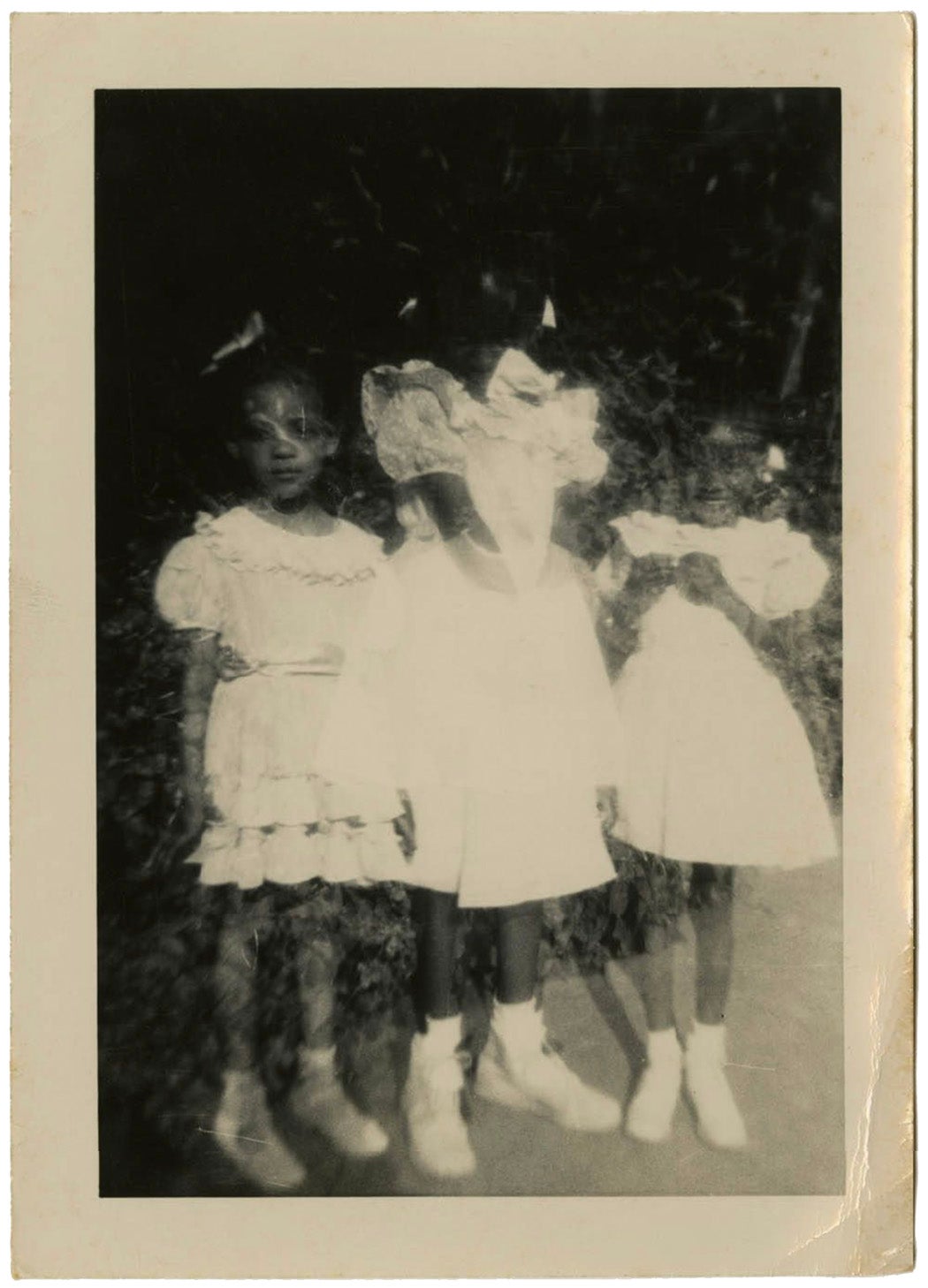
But these images don’t have to be anonymous forever. For intrepid researchers, there are hints embedded within them that could reveal the stories of these people and places. There are a few family names recorded in the archive alongside those of the Lynches: Bowman, Brown, Floyd, Hall, Williams. There are some locations identified beyond New Orleans and Rayville: Houston and San Antonio, Texas; Hot Springs National Park, Arkansas; and Bordeaux, France. And there are a handful of photography studios mentioned: Dixie, Magnolia, Perrault’s, Porters, and Walters, the names offering a tour of businesses in central New Orleans in the early and mid-twentieth century. Arthur Perrault, a Black man whose sister Florestine Perrault Collins was also a noted New Orleans photographer in the early twentieth century, was likely behind a tender image of a toddler in the Xavier archive. The young girl looks uncertain about the whole endeavor and unwilling to sit still a moment longer.
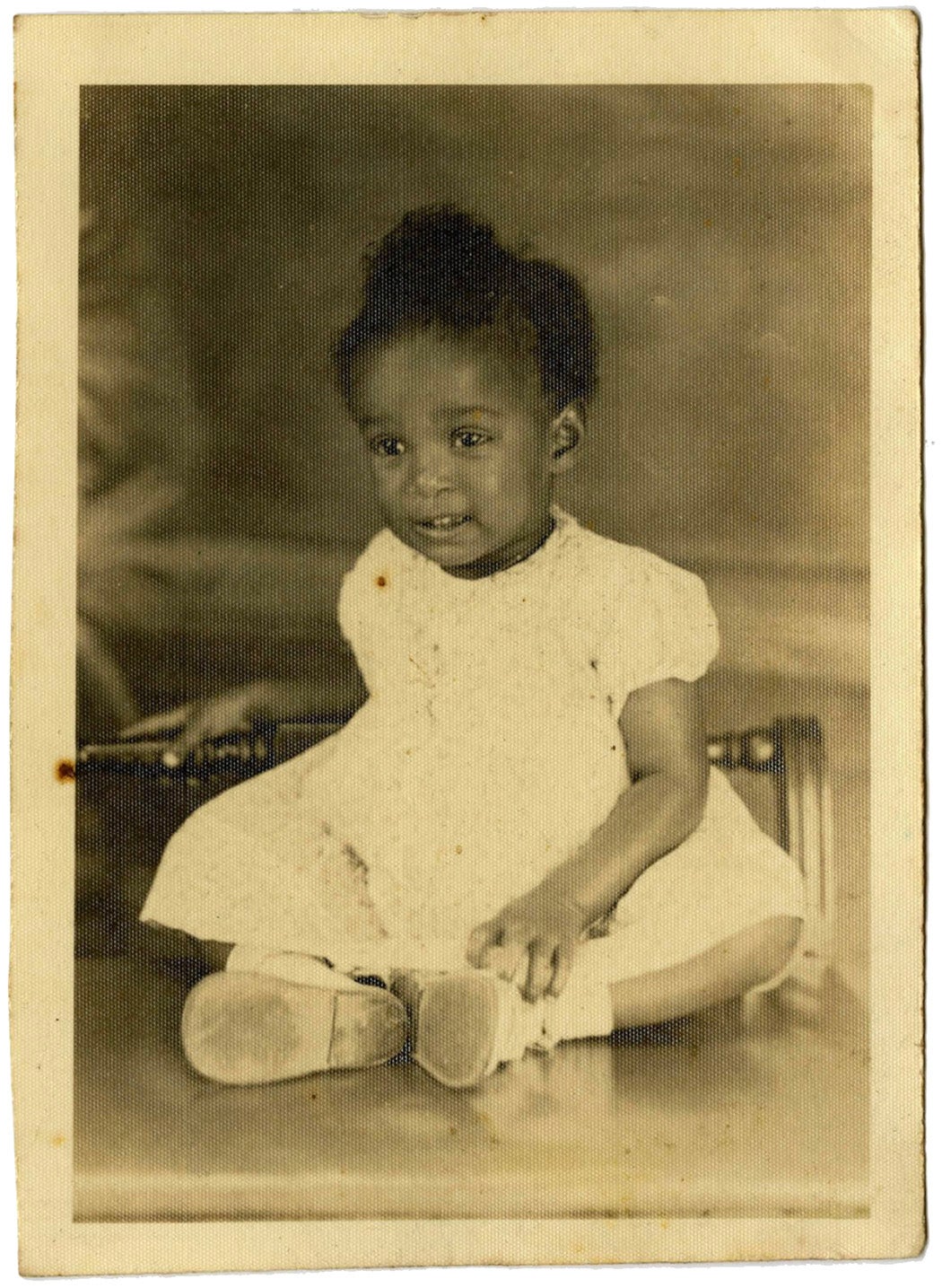
A knowledge of the history of photography and its technological changes could suggest a timeline. (I got some help in this endeavor from Marguerite Roby, a Smithsonian photo archivist.) There are tintypes and cabinet cards, prints with white borders, and some with elaborately decorated ones. All of the images are two-toned, except one photograph from 1970 showing a Mardi Gras Indian and two bystanders caught unaware; the photographer appears as a shadow. Fashion lovers, interior design nerds, and architecture obsessives could also help date some images. Car buffs could provide context for a series of photographs of women posing alongside now-vintage vehicles, possibly in Texas—though they may not be able to explain why one has a gun dangling from her right hand.
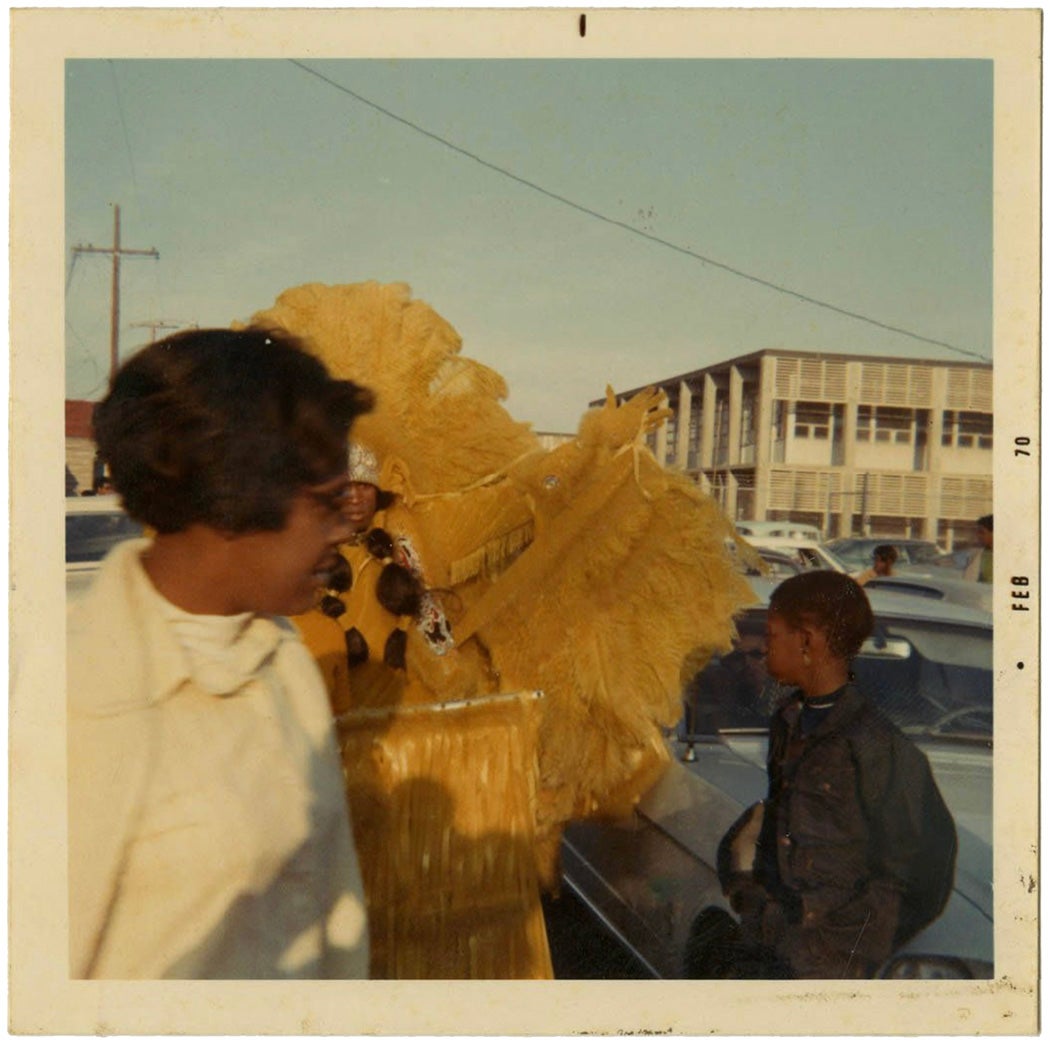
Two images in particular lend themselves to genealogical research. Both are portraits taken at Lumina studio in Bordeaux, France, at the end of the Great War, as World War I was known in 1919 when the cabinet cards were made. One of the uniformed subjects is Robert Brown, a bugler for the US Army, and the other, sitting on the same studio bench against the same painted backdrop and facing the camera head on with a cigar clamped between his teeth, is identified as Nalion Bowman, an Army cook.
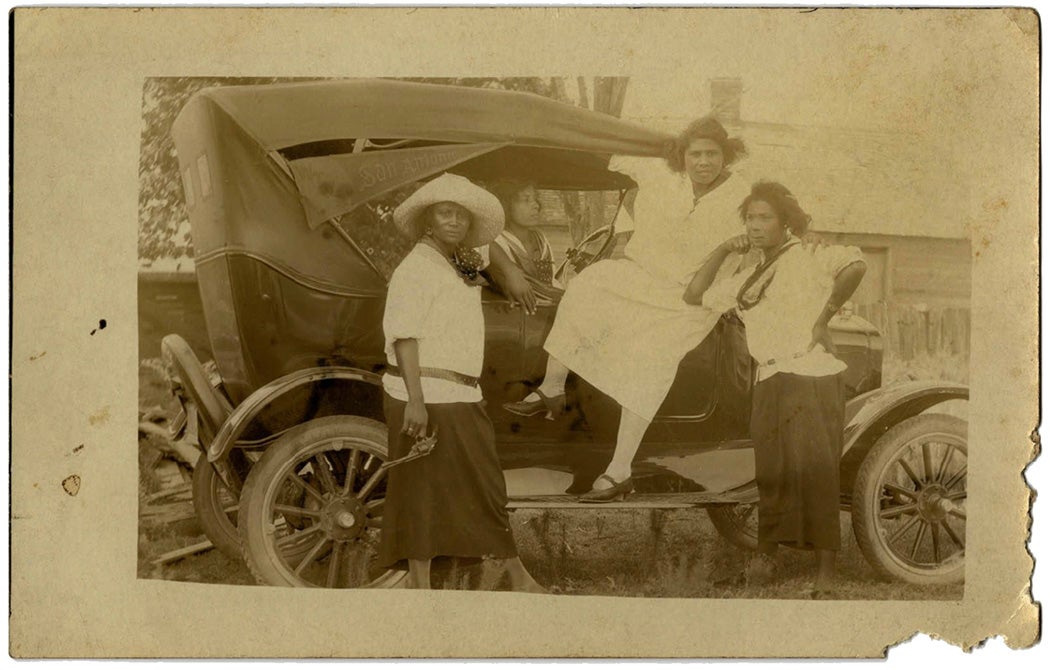
Nalion Bowman was actually Nelson Bowman, a farmer’s son from near Vidalia, Louisiana, just across Mississippi from Natchez. The tall, solidly built man was twenty-six when he joined the army, married with one child and a job alongside his brother, Solomon, as a laborer at a lumber company in Baskin, Louisiana, outside Rayville. In August 1918, he boarded the SS Kroonland in Hoboken, New Jersey, bound for France—amid a Spanish flu outbreak—as part of a company of Black men. Among them was Robert Brown.
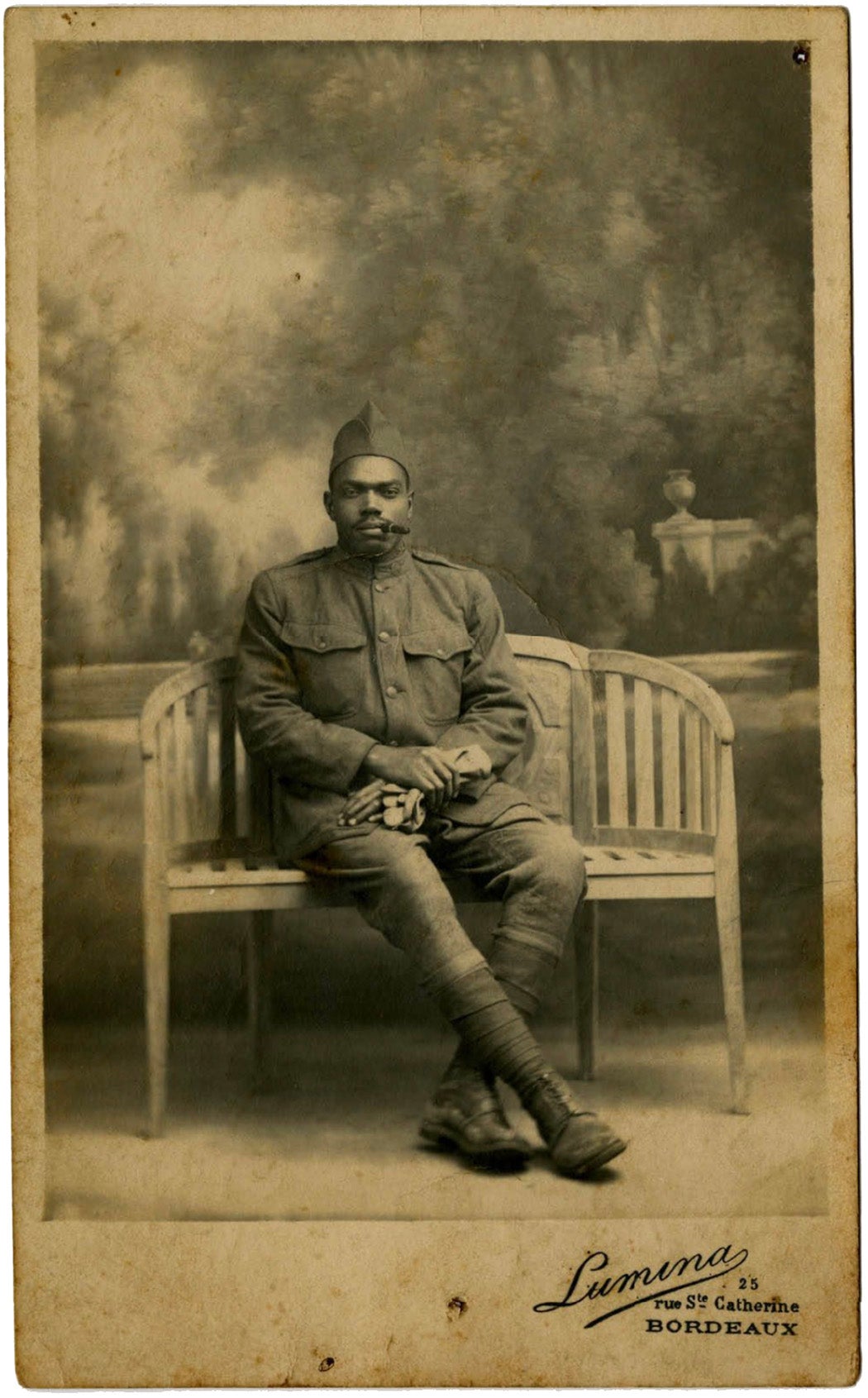
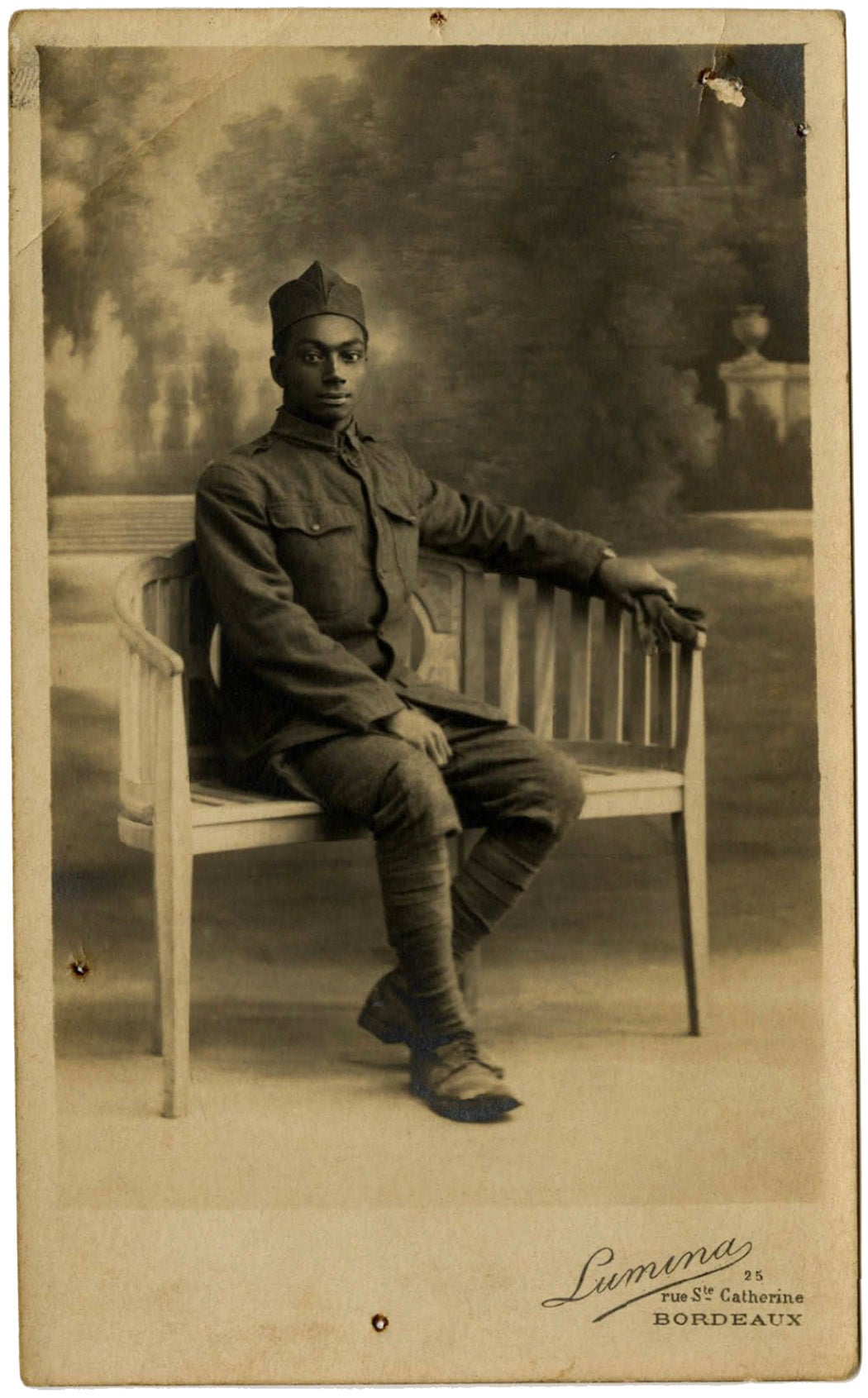
Brown, who went by Bob, was a twenty-four-year-old waiter from Wichita, Kansas, where he lived with his foster father, Wesley Barker. Just three inches shorter than Bowman, Brown was slender where the Louisianan was broad. He sits angled to the camera, his arm slung across the back of the bench, as if inviting someone to sit. Brown mailed the photo back to Barker at their home on North Wichita Street, in the heart of the city’s Black community.
Weekly Newsletter
After the war, both men returned to their home states. Bowman was, by then, a widower; his brother had also passed away in the intervening years. He continued his work as a laborer and would go on to marry at least three more times. Bowman died in 1973 and is buried in Rayville. Brown reclaimed his job at the Wichita Club, and later became its chef. He married Capitola Bonner in the late 1920s, and they had three daughters in rapid succession. Brown and his wife divorced just before the birth of their youngest, and Capitola passed away nine days later. Brown died in 1969 and is buried in Colorado.
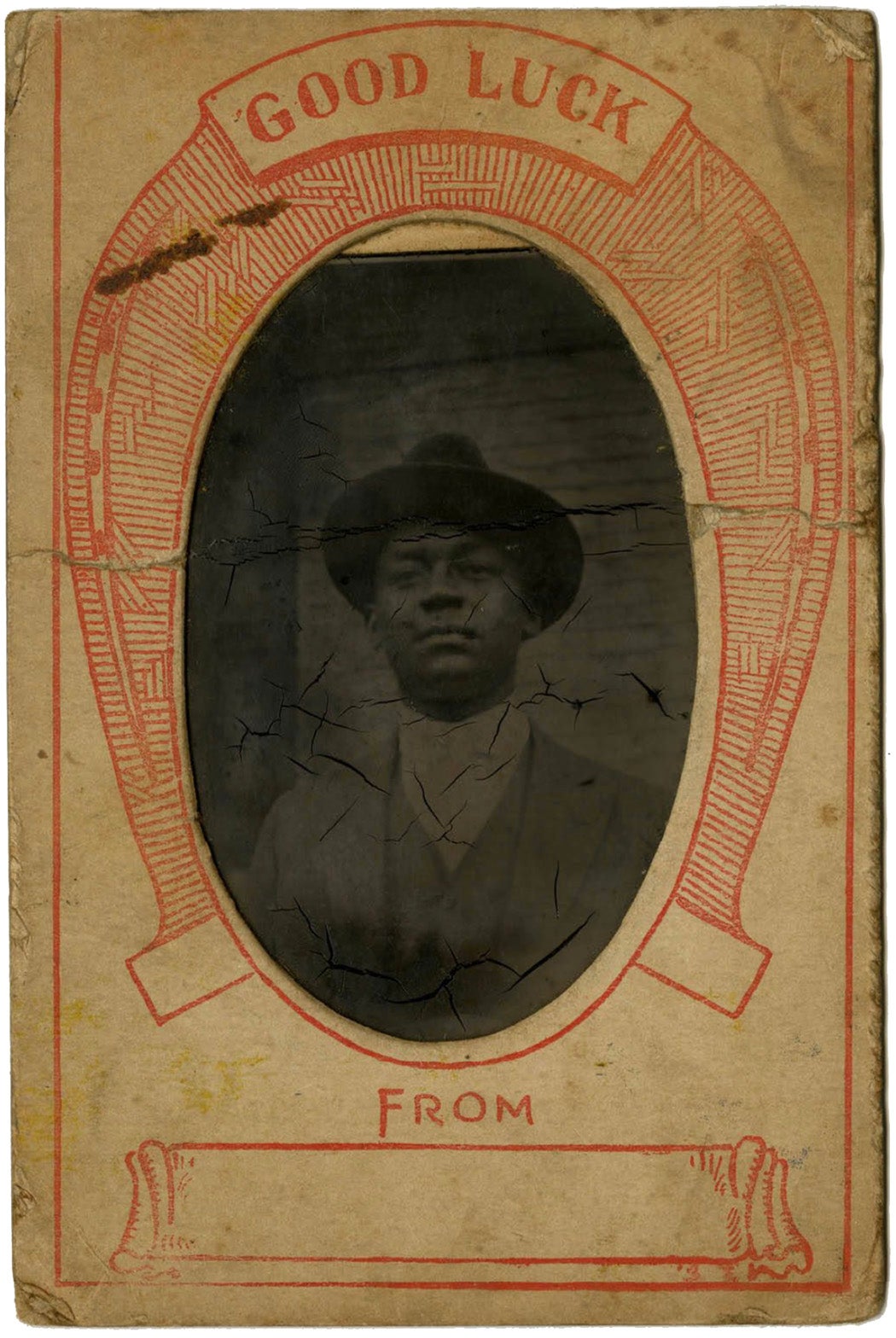
More than a century has passed since Bowman and Brown sat for a photographer in France. Today their images sit together again in the Xavier University archives. Who saved the two cabinet cards for decades and how they came to be part of the collection remains a mystery—perhaps one that a reader can solve. The Xavier University of Louisiana welcomes any information at archives@xula.edu.
Support JSTOR Daily! Join our membership program on Patreon today.
